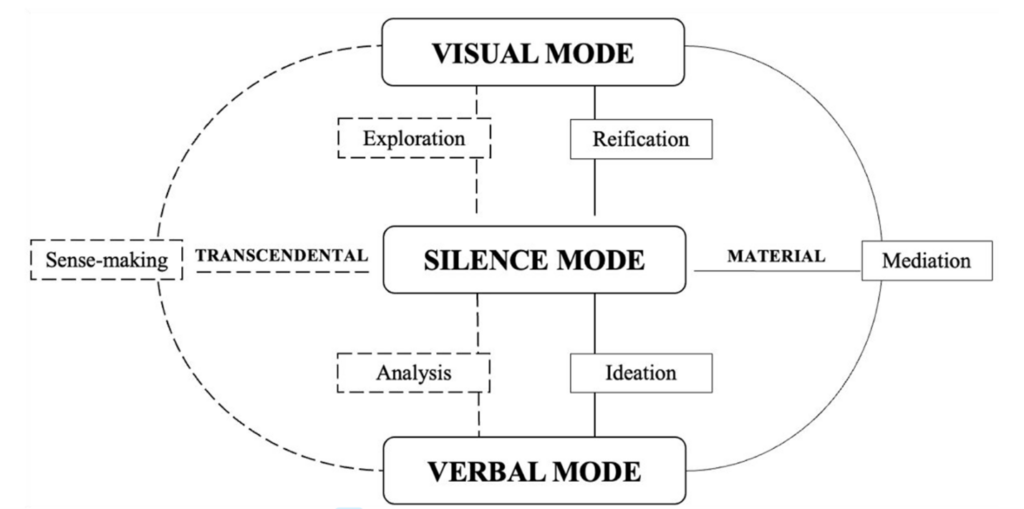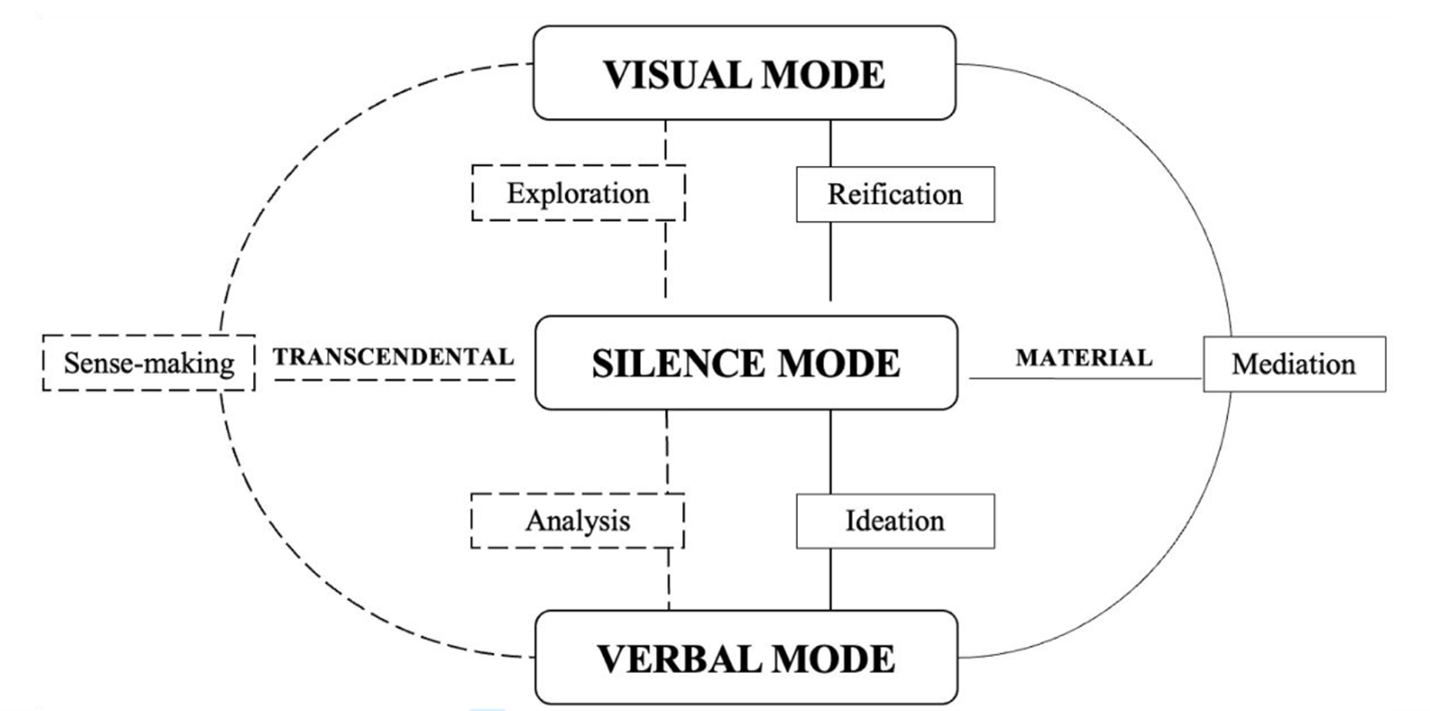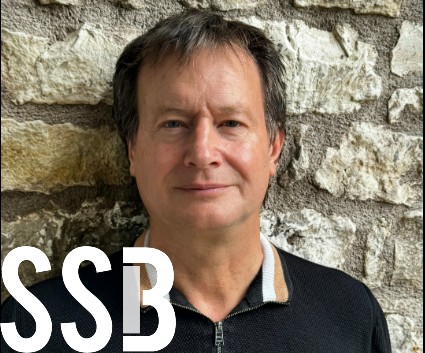The Positive Aspects of Silence in Team Meetings

Valérie M. Saintot and Miikka J. Lehtonen discuss the motivation and findings of their article, “Transcendental and Material Silence: A Multimodal Study on Silence in Team Meetings,” which was published in the Journal of Management Inquiry.
Our study on silence was a spinoff of sorts from a larger project in which author Valérie M. Saintot investigated the use of visual templates to support knowledge sharing in team meetings. As part of her study, Valérie recorded ten team meetings. As she was coding the transcripts, she realized one code peculiarly kept on appearing throughout the transcripts: “blank.”

Since Valérie had been present in all the team meetings, she could vividly recall what was transpiring in those “blank” moments. Once we started going through the data more carefully, we realized those instances of silence were actually full of meaning that previously had remained unnoticed.
At this point, we started looking into research on silence in management and organization studies and, somewhat surprised, realized silence has predominantly seen as something negative. In other words, prior research had predominantly focused on how employees are silenced in organizations and why employees decide not to speak up. Granted, studying the negative aspects of silence is important especially since workplaces are rarely environments where everyone can participate, or even exist, equally. Yet, while there is a considerable body of literature focusing on negative silence, we also found a growing interest towards the positive aspects of silence.

Encouraged by some of the recently published studies on positive silence, we went back to the data Valérie had collected and started to think about how we could study silence. Since we both have been trained at analyzing words and images, we were wondering how to study something that does not seem to contain any meaning. Indeed, one of the crucial findings from our study is a methodological one. Namely, we need more refined methodological approaches for studying silence. This, we believe, applies not only to studies specifically focusing on silence but management and organization studies more broadly. As such, in the paper we make theoretical inroads towards treating silence as a semiotic mode, and we hope that the findings we present in the paper provide inspiration for further inquiries to make theoretical and methodological inroads in this regard.
Finally, a few words on practical implications. In the paper we identified two types of silence, transcendental and material. While the former can consolidate meaning from other modes, the latter focus more on generating new meaning. From here, we encourage individuals to pay more attention to silence in meetings: silence can help with transcending pre-existing barriers as it allows knowledge exploration, deeper analysis, and sense-making to be stimulated. More specifically, it is not silence in itself but in relation to words and images – we therefore encourage to actively use words, images, and silences in connection with each other in team meetings.
As Erling Kagge writes in Silence: In the Age of Noise: “Only when I understood that I had a primal need for silence I was able to begin my search for it – and there, deep beneath a cacophony of traffic noise and thoughts, music and machinery, iPhones and snow ploughs, it lay in wait for me. Silence.”




























































































